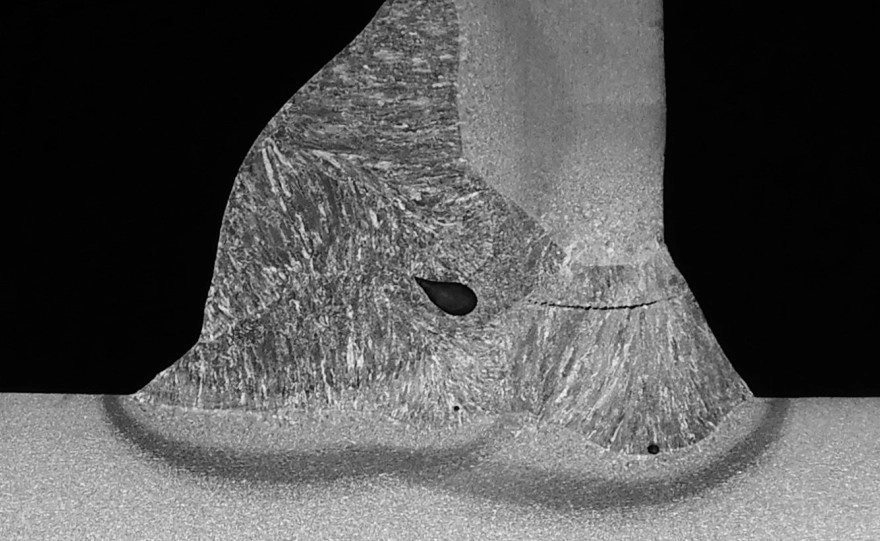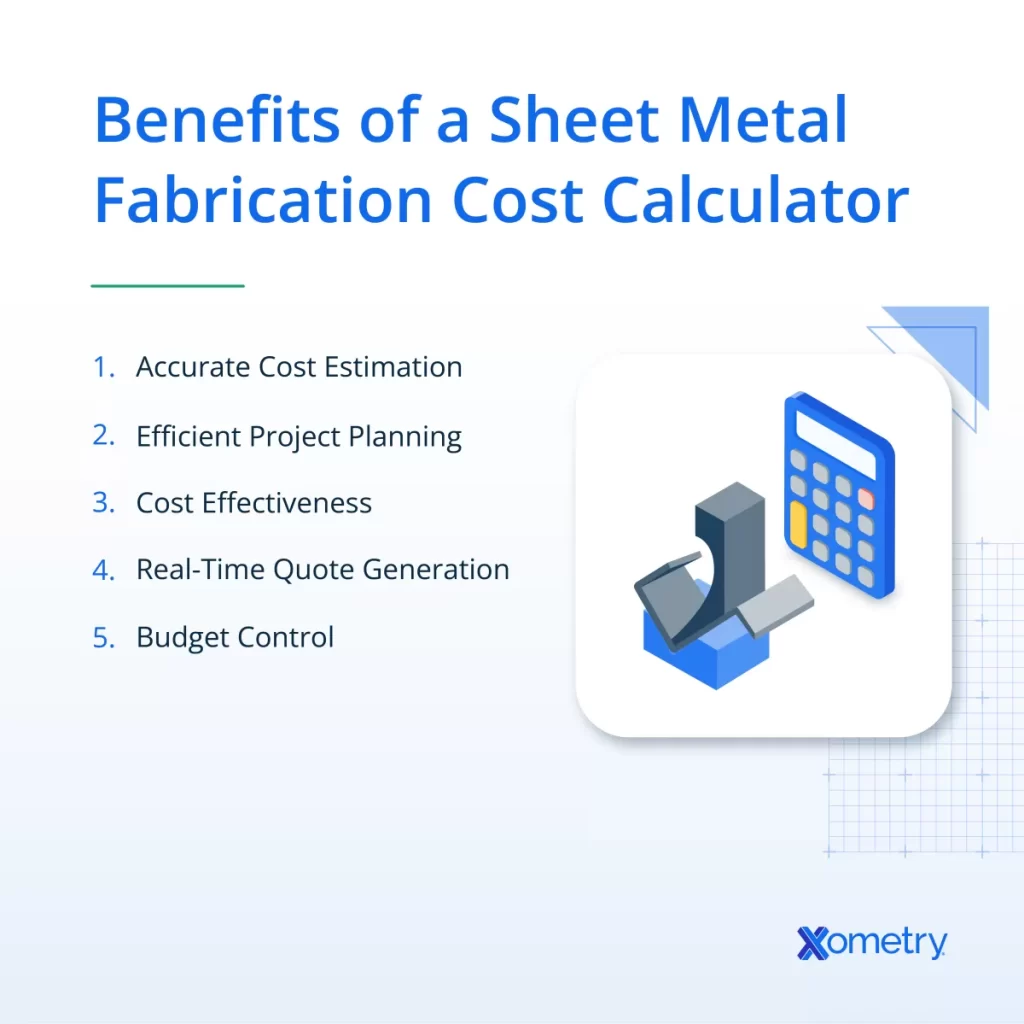Are you wondering about the differences between tapping and reaming in CNC machining? Choosing the right process can make or break your project’s precision and efficiency. As experts in CNC machining, we at HYCNC know that understanding these techniques is key to delivering top-notch results. In this guide, we’ll break down tapping vs reaming, explore their unique applications, and share practical insights to help you make informed decisions. Whether you’re in automotive, aerospace, or DIY machining, this is your go-to resource. Let’s get started!
What is Tapping in CNC Machining
Tapping is a CNC machining process used to create internal threads in holes for screws or bolts. It involves using a specialized tool called a tap, which cuts the thread inside a pre-drilled hole. Tapping tools come in various types such as hand taps, spiral point taps, and spiral flute taps, each designed for specific materials and thread forms.
During tapping, the CNC machine precisely rotates and feeds the tap into the workpiece to produce clean, accurate internal threads. This process works on a wide range of materials including aluminum, steel, stainless steel, and plastics. Proper tapping is critical for ensuring secure fastening in assembled parts.
Tapping has extensive applications in industries like automotive, aerospace, electronics, and construction. For example:
- Automotive: Engine components and body panels
- Aerospace: Structural parts and hydraulic fittings
- Electronics: Enclosures and connectors
- Construction: Fastener installation in metal frameworks
The benefits of tapping include fast internal thread production, high repeatability, and excellent thread quality, which are vital for reliable assembly and performance.
However, tapping also presents challenges such as thread breakage, tool wear, and maintaining precise thread tolerances. At HYCNC, our expertise in CNC machining allows us to tackle these challenges by selecting optimal tapping tools, adjusting feeds and speeds, and using advanced coolant strategies. This ensures consistent thread quality even in tough materials or complex parts.
What is Reaming in CNC Machining

Reaming is a CNC machining process used to improve the accuracy and finish of an existing hole. Unlike drilling, reaming doesn’t create a hole from scratch—it slightly enlarges and smooths out a drilled hole to precise dimensions. The tools used are called reamers, which have multiple cutting edges designed to remove just a small amount of material for a cleaner, more exact hole size and better surface finish.
This process is especially important when tight tolerances and a smooth finish are required. It’s commonly used in applications like engine cylinder blocks where precise hole sizing affects performance. Aerospace components, hydraulic systems, and other precision parts also benefit from reaming for durability and accurate fits.
The main benefits of reaming include improved dimensional accuracy, better surface finish, and enhanced part performance. However, reaming does come with challenges like tool wear, potential for chatter, and careful control needed to avoid over-sizing holes.
At HYCNC, we leverage advanced CNC equipment and expert knowledge to handle these challenges. We optimize reaming processes based on material type and part design to ensure every hole meets strict tolerances and quality standards.
Tapping vs Reaming Key Differences
When comparing tapping and reaming in CNC machining, understanding their core differences helps choose the right process for your project.
Purpose Comparison
- Tapping creates internal threads inside a hole for screws or bolts.
- Reaming improves hole size and surface finish, making holes more precise without adding threads.
Material Removal Differences
- Tapping removes material to cut threads.
- Reaming removes only a small amount of material, focusing on smoothing and sizing holes accurately.
Tool Design Distinctions
- Tapping tools have grooves and cutting edges designed to form threads as they spin.
- Reaming tools are straight or slightly tapered with multiple cutting edges for fine, even hole finishing.
Speed and Cost Considerations
- Tapping can be slower due to thread-cutting requirements but is essential when threads are needed.
- Reaming is faster for hole finishing and generally less expensive since it doesn’t reshape holes extensively.
Application Differences
- Tapping suits parts where bolts or screws need secure fastening, common in automotive, aerospace, and electronics.
- Reaming fits applications demanding tight hole tolerances and smooth surfaces, like engine blocks, hydraulic parts, and precision instruments.
Visual Comparison Table Overview
| Feature | Tapping | Reaming |
|---|---|---|
| Purpose | Cut internal threads | Finish and size holes precisely |
| Material Removal | Moderate to form threads | Minimal, for smoothing |
| Tool Design | Thread-cutting taps | Multi-edge smooth reamers |
| Speed | Slower due to threading | Faster hole finishing |
| Cost | Higher with threading | Lower, mostly for finishing |
| Common Use | Fastening with screws/bolts | Precision hole sizing |
By knowing these key differences, you can pick the right CNC machining process tailored to your project’s goals and materials. For more insights on related processes, check our detailed comparison between tapping and drilling here.
When to Choose Tapping vs Reaming in CNC Machining

Knowing when to use tapping or reaming comes down to the job requirements and the material you’re working with. Here’s a quick guide to help you decide:
Scenarios Favoring Tapping
- When you need internal threads for bolts or screws
- Working with softer metals like aluminum or mild steel
- Parts requiring moderate precision but strong thread engagement
- Applications in automotive, electronics, and construction where threading is essential
Scenarios Favoring Reaming
- When you want a smooth, accurate hole finish without threads
- Working on harder materials like stainless steel or aerospace alloys
- Precision parts like engine cylinder blocks or hydraulic components needing tight tolerance holes
- Situations where hole size and surface finish are critical
Material Considerations
- Softer materials often respond well to tapping since threads cut easily
- Harder or tougher materials benefit from reaming to improve hole accuracy before any threading or assembly
- Some materials require specialized tools for either process, which HYCNC has in-house expertise managing
HYCNC Tailored Process Selection
At HYCNC, we don’t just pick a process based on guesswork. Our experts analyze your part specs, material type, and end-use to recommend tapping or reaming—or both. We optimize tool paths and machining parameters to reduce wear and boost precision, ensuring you get the best results every time.
Choosing the right process upfront saves you time and cost, delivering a top-quality finished part for your needs.
How HYCNC Enhances Tapping and Reaming Processes
At HYCNC, we use advanced CNC equipment that delivers consistent, high-quality tapping and reaming results. Our machines are designed to handle tight machining tolerances, ensuring precise hole sizing and flawless internal threading every time.
We bring deep expertise in material and process optimization. Whether working with aluminum, steel, or exotic alloys, we adjust speeds, feeds, and tooling to match the job—improving efficiency and reducing tool wear. This means better outcomes for industries like automotive, aerospace, and electronics where precision counts.
We also offer custom solutions tailored to your specific industry needs. From complex thread cutting to precision hole finishing, our team works with you to select the right process and tools that fit your application perfectly.
Quality assurance is a top priority at HYCNC. Every part goes through thorough inspections to meet your exact specifications, so you can trust the final product for your projects.
Ready to improve your tapping and reaming processes with expert CNC machining? Contact HYCNC today and let’s get started on your next precision project.
Common Challenges and Solutions in Tapping and Reaming
Tapping and reaming are precise CNC machining processes, but they come with their own challenges. Here’s a quick look at typical issues and how HYCNC tackles them.
Tapping Challenges and Solutions
-
Thread breakage: Fragile threads can snap during tapping, especially in hard materials.
Solution: HYCNC uses advanced tapping tools with optimized flute designs and proper lubrication to reduce stress. -
Poor thread quality: Inconsistent thread depth or shape can cause fit problems.
Solution: We ensure correct spindle speed and feed rates tailored to the material, improving thread accuracy. -
Tool wear and overheating: High speeds can wear tools fast and cause heat damage.
Solution: Our CNC machines monitor temperature and adjust cutting conditions to extend tool life.
Reaming Challenges and Solutions
-
Surface finish flaws: Poor finish can lead to low-precision holes.
Solution: HYCNC selects reamers with appropriate coatings and uses precise coolant application for smoother finishes. -
Hole size deviation: Over or undersized holes affect assembly fit.
Solution: We use high-accuracy CNC controls and real-time measurement systems to keep hole sizes within tight tolerances. -
Tool chatter and vibration: This causes rough surfaces and tool damage.
Solution: We optimize spindle speed and feed rates and use vibration-damping tool holders to minimize chatter.
HYCNC’s Approach to Overcome Issues
- Expert material selection for tooling and cutting fluids based on job specifics.
- Custom process parameters to match the exact needs of each material and design.
- Advanced CNC equipment that offers precision control and consistent results.
- Continuous monitoring and quality checks to catch problems early and maintain high standards.
At HYCNC, we combine experience, technology, and customized solutions to handle the toughest tapping and reaming challenges, delivering consistent, quality parts for our customers across the U.S.
FAQs About Tapping and Reaming
Best Materials for Each Process
Tapping works best on softer to medium-hard materials like aluminum, brass, and plastics, but it can handle some steels too with the right tools. Reaming is ideal for harder materials like stainless steel, cast iron, and high-strength alloys where you need a precise, smooth hole finish.
Using Tapping and Reaming Together
Sometimes you’ll use both: reaming first to size and smooth the hole, then tapping to cut internal threads. This combo is common in industries like aerospace and automotive, where accuracy and durability matter.
Ensuring Precision at HYCNC
We use advanced CNC machines and carefully optimize tooling and speeds to hit tight tolerances. Our experts monitor every step to make sure your threads and holes come out perfect—saving you time and avoiding rework.
Cost Differences
Tapping usually costs less and is faster since it cuts threads directly. Reaming can take longer and use more expensive tools for that high-precision finish. Choosing the right process depends on your part’s requirements and material.
Choosing the Right Process
Pick tapping if you need efficient thread cutting in softer materials and less demanding finishes. Choose reaming when tight hole tolerances and smooth finishes are critical, especially in tough materials. At HYCNC, we tailor the process to fit your project—balancing cost, speed, and quality to meet your needs.
For more insight, check out our guide on tapping vs drilling screws to understand how tapping fits into the bigger machining picture.




